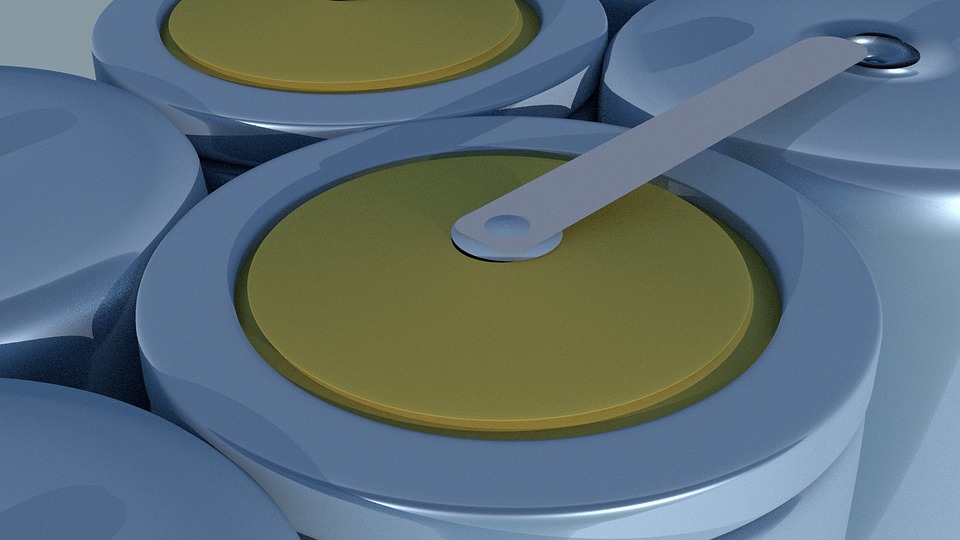Tin has a wide range of technical properties which extends its uses to many areas of everyday life. For the same reason, it can adapt well to meet emerging needs for new materials that can generate, store and deliver tomorrow’s energy.
Tin may be the forgotten metal as other materials gain momentum for advanced anode materials and some solid-state technologies. Several hundred papers and patents have tracked development of tin-based materials to maximum theoretical capacity and even beyond.
Although the field is highly competitive, startups and major OEMs are starting to signal their interest in tin and The International Tin
The ITA has released a new report that details potential new market opportunities for tin in Lithium-ion batteries. The report reveals that if tin gains market share, Lithium-ion batteries could grow to represent a significant new tin use from 2025 to 2030.
ITA has identified nine technology opportunities for tin in Lithium-ion batteries, mainly in high-capacity anode electrode materials, but also in solid-state and cathode materials.
ITA has modelled the potential tin use in each of the technology opportunities and markets to tentatively and conservatively indicate the potential scale of future tin use. Three anode materials technologies are highlighted that could each reach 10-20,000
How is tin being used in Lithium-ion tech currently?
- New research has confirmed that tin can protect Lithium and sodium electrodes and prevent them from breaking down in use, bringing closer a breakthrough to a completely new generation of high energy lithium and sodium-ion batteries.
- Scientists at École Polytechnique de Montréal, Canada have developed and tested several experimental Lithium-ion battery fibers for wearable electronics, including some using tin wire.
- The world’s largest mine-to-metal Lithium producer FMC Corporation, US has published the latest in its series of patents on Lithium compounds containing tin, silicon or both for Lithium-ion batteries.
Both tin and silicon can alloy with Lithium ions to store energy when a Lithium-ion battery is charged, and researchers around the world are developing different types of new electrode materials that can exploit this effect to boost charge capacity over today’s graphite electrode products. The work is generally aimed at making the tin small enough and strong enough so that Lithium ions can move in and out of the alloy faster and without causing damage through repeated expansion and contraction.

